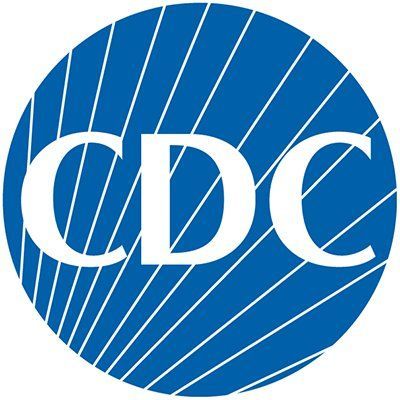Article
CDC Issues New Guidelines for Vaccinated Individuals
Author(s):
Vaccinated people may now meet indoors with low-risk unvaccinated individuals without masks or social distancing.

This article was originally published in ContagionLive®.
Unmasked, non-distanced indoor visiting of unvaccinated, low-risk members of a single household for vaccinated individuals was given the green light by the US Centers for Disease Control and Prevention (CDC).
The guidance also state that fully vaccinated people should be able to freely gather indoors, without need for quarantine or post-exposure testing without COVID-19 symptoms present.
In this update, viewed by many experts as the beginning of a return to societal normalcy via an increasingly vaccinated population, the CDC noted investigative evidence showing fully vaccinated people are indeed less likely to spread SARS-CoV-2 to others.
The health authority wrote that benefits to reducing social isolation "may outweigh the residual risk of fully vaccinated people becoming ill with COVID-19."
The guidance additionally reiterated the risks of safe travel and mass gatherings, regardless of vaccination status—a federal advisory which bucks against recent decisions by state legislators to reopen businesses and attractions at full capacity during a recent decrease in new daily COVID-19 cases.
What the guidance essentially comes to provide is a pathway for the most at-risk COVID-19 patients, who were prioritized first for vaccination, to break isolation in a safe and evidenced fashion.
"We know that people want to get vaccinated so they can get back to doing the things they enjoy with the people they love,” director Rochelle Walensky, MD, said in releasing the guidance.
As of the end of last week, nearly 10% of the US population had been fully vaccinated against COVID-19.
“This would be a wonderful change, showing that vaccines have benefits that go beyond just keeping people alive,” Contagion® Editor-in-Chief, Jason Gallagher, PharmD, clinical professor at Temple University College of Pharmacy, said, prior to the official announcement of the new guidelines. “I believe that the uncontrolled pandemic has made public health officials cautious, but guidance should keep up with the evolving science also.”
This is not to indicate a large-scale shift in COVID-19 strategies, however. Leadership, including CDC Director Rochelle Walensky, MD, have stressed the need to keep SARS-CoV-2 spread risks at a minimum while national vaccination distribution and administration is accelerated.
“The goal in those first 100 days has always been to sort of make sure that we are in a place to be out of this pandemic,” Walensky said. “At 70,000 cases per day, we're not in that place right now.”
Earlier this month, President Joseph Biden stated that as a result of new pharmaceutical collaborations on vaccine production, and new deals struck with currently regulated vaccine developers including Janssen, the US is on pace to provide a vaccine for every adult by the end of May.



